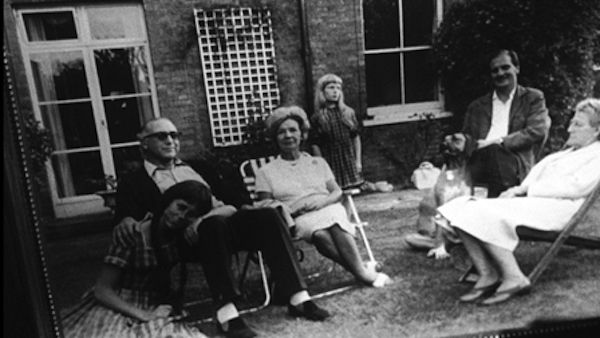To My Students: I Will Not Carry a Gun
To My Students:
I will not carry a gun
because the classroom is a sacred space
because a gun means danger, not safety
because a weapon in class conveys hierarchy and authority, which are antithetical to learning
because the idea of discipline through force is rightist ideology
forging a worldview that the world is untamed and must be tamed
and that a gun is how we tame it
because the fascists of the 20th century were elected, elected, to “make us safe”
because an atmosphere of danger
makes people cry “make us safe”
because I do not partake of the American mythos of the gun
I do carry
knowledge, interaction, pedagogical tools
a desire for you to succeed brilliantly
a portfolio of exercises to address what may come up in the moment
structure, narrative, object lessons
group work honed over many semesters
case study examples
stories
data
responsibility to give you a safe space to learn
to express yourselves and grow
responsibility for your learning outcomes
joy and pride when you thrive and expand
Which is why I will not carry a gun in our class
For people who know me by the films I have produced and this publication, I also teach, or have taught, at UC Berkeley, Chapman, plus seminars and workshops around the world. Teaching is not my vocation, but it is my work.




